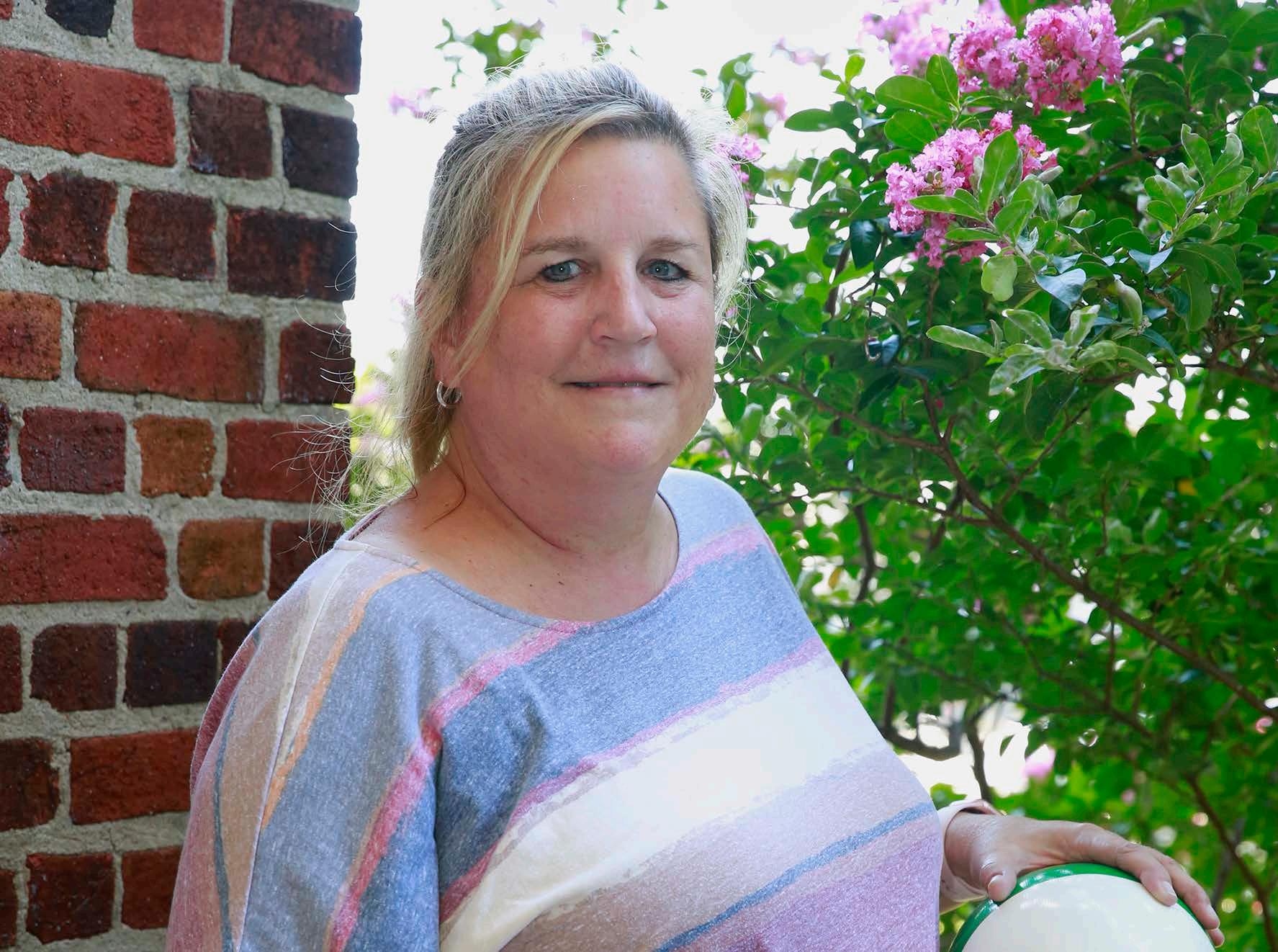
5 minute read
RESERVISTS SURGED TO ASSIST NORFOLK NAVAL SHIPYARD DURING HEIGHT OF PANDEMIC
RESERVISTS SURGED TO ASSIST NORFOLK
NAVAL SHIPYARD DURING HEIGHT OF PANDEMIC
Advertisement

STORY BY MICHAEL BRAYSHAW • DEPUTY PUBLIC AFFAIRS OFFICER
LEFT: SurgeMain East Regional Executive Officer Captain Jonathan Jett-Parmer meets with SurgeMain Sailors and shipyard personnel during a visit to Norfolk Naval Shipyard.
More than 400 SurgeMain members have served at Norfolk Naval Shipyard in the past year as part of the deployment of Navy reservists across the four naval shipyards to reduce maintenance backlog due to the pandemic. Strong working relationships between the shipyard civilian workforce and reservists has been one of the biggest priorities of the effort.

A year after an unprecedented mobilization of a Navy Reserve force to reduce the public shipyard maintenance backlog, the final waves of Surge Maintenance (SurgeMain) members at Norfolk Naval Shipyard (NNSY) are packing up and heading home.
As part of Naval Sea Systems Command’s (NAVSEA) deployment of reservists across the four naval shipyards last summer, more than 400 SurgeMain members have assisted NNSY, both directly on the project deckplates and in significant support functions such as travel and information technology. Boasting the technical and trade expertise to provide immediate value integrating into the workforce, these reservists aided in returning assets such as USS Harry S Truman (CVN 75) and USS Wyoming (SSBN 742) to the Fleet in the past year. Many continue to assist maintenance on USS George H.W. Bush (CVN 77), USS Pasadena (SSN 752), and USS Toledo (SSN 769), as well as the Moored Training Ship conversion of USS San Francisco (SSN 711). Just under 200 reservists currently remain at NNSY, with most set to return to their homes in the next month.
SurgeMain contributions have included Sailors embedded in NNSY’s Temporary Services Department (Code 990) assisting Bush with electrical work and rerouting 1,300 feet of cable for hangar bay trailers. Reservists also supported Bush and Pasadena laying 1,200 feet of shore power cables while uninstalling 1,500 feet of CHT, lighting, ventilation and temporary services, keeping project movements on track. Sailors supported fire and tank watches for Toledo, reducing the need for contract labor. When there was a need for training and certifying additional Navy Competent Persons ensuring confined and enclosed space safety, SurgeMain members stepped up.
NNSY’s SurgeMain Program Manager Cmdr. Emmanuel “Manny” Sayoc pointed out reservists also assisted short-turnaround, intermediatelevel work as part of the shipyard’s Fleet Maintenance Submarines (FMB) team at Naval Station Norfolk. That includes FMB’s three recently certified availabilities—USS New Hampshire (SSN 778), USS John Warner (SSN 785) and USS Washington (SSN 787).
With COVID-19 impacting schedules of many ships undergoing maintenance across the four shipyards, ensuring an experienced reserve workforce was one of SurgeMain’s biggest priorities. This required leveraging civilian backgrounds, Navy experiences, training opportunities and current certifications to bring maximum benefit across the yards.
This unprecedented deployment provided mutual benefit for both shipyards and reservists, according to Sayoc, with members getting valuable training and attaining key certifications across a number of proficiencies while directly supporting deliveries back to the fleet. Assisting reservists during the past year, the SurgeMain leadership team coordinated logistics such as living arrangements and transit, while still overseeing military matters such as career development, evaluation and awards.
Gunner’s Mate First Class Berkley Bossard has been at NNSY since last July, initially working in the Electronics Shop (Shop 67) before teaming with SurgeMain leadership and the Production Resources Department (Code 900) in November. “I developed a database to do task tracking for all the SurgeMain personnel supporting all the projects and hours for each,” he said. “With this experience, I think I learned a lot and it was good for my career development, I had never built an access database to that depth before. I had supported different codes and shops at Puget Sound and Pearl Harbor Naval Shipyards previously, but being at NNSY and seeing how it all ties together and how the shipyard process works as a whole was very good for me.”
While the mobilization is officially standing down, many SurgeMain members are now interested in making a permanent career at America’s Shipyard. One such reservist is Chief Cameron Ware of Baltimore, Maryland, who has been at NNSY for the past year working in the Outside Machine (Shop 38) and Boilermaker Shops (Shop 41) supporting Truman before partnering with Code 900T as a non-nuclear training instructor. “While I was in 38, being able to work with the first-year apprentices and helping them understand systems onboard an aircraft carrier was pretty cool,” said Ware. “I spent most of my time with training. I liked being able to work with 900T and gain their confidence to be able to teach their courses to incoming Sailors and new hires. Seeing that lightbulb come on for students is always enjoyable!”
“In addition to turning wrenches, one of SurgeMain’s main roles was to spearhead the civilian and military integration,” said Sayoc. “At every step, we had to value and appreciate the civilian workforce—the mobilization wasn’t going to be successful without it. We wanted our civilian and military to learn about one another, and be comfortable working with one another, in addition to the reservists helping get us caught up on the work. Our legacy will primarily be the relationships we built.”
“Thank you so much to our SurgeMain reservists for their support to Norfolk Naval Shipyard and valuable contribution to our One Team,” said Shipyard Commander Captain Dianna Wolfson. “This was a significant effort across all four shipyards, but also a necessary one in response to the many challenges faced during the pandemic. These reservists responded to our Nation’s call in a tremendous way, directly assisting and enabling us to continue delivering ships and submarines back to the fleet in the past year. All of us at America’s Shipyard are better off having had the opportunity to know them and share their experiences, expertise, dedication, and leadership.”









